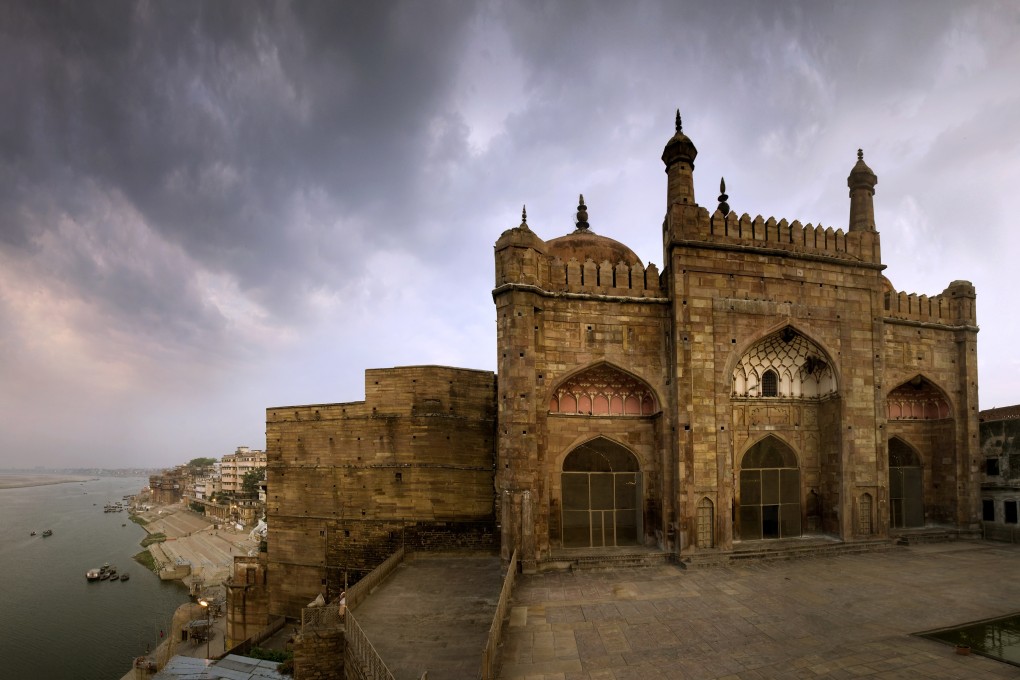Why are India’s monuments disappearing? – ‘a bit of an epidemic’
- The loss of monuments such as Kos Minar and the Barakhamba Monument has raised questions about India’s commitment to protect its heritage
- Factors such as poor local supervision, illegal developments and insufficient funding have been cited for the monuments’ disappearance

While globally renowned attractions such as the Taj Mahal and the Qutb Minar are well preserved, many heritage structures are in decrepit condition or unaccounted for amid extensive urban development.
Last year, the Ministry of Culture reported that 50 of India’s 3,693 protected monuments were “missing” but heritage experts believe the number could be much higher.
Since the start of official monument audits in 2013, the Indian parliament has received an annual report from the Archaeological Survey of India (ASI) – an agency under the Ministry of Culture – including details on the country’s unaccounted historical landmarks.
“This is concerning and a bit of an epidemic as regularly there are reports that say that national monuments have disappeared,” said New Delhi-based historian Ruchika Sharma. ASI has typically cited reasons such as urbanisation for the loss of landmarks, Sharma said.
Among the ancient sites that had disappeared according to ASI were the Kos Minar, a medieval milestone in Haryana state; the Guns of Emperor Sher Shah in Tinsukia town; the Telia Nala Buddhist site in the city of Varanasi; and the Barakhamba Monument, a 14th-century tomb building in Delhi.
Divay Gupta, a Delhi-based conservation architect, said: “Unfortunately, the government is now even de-notifying them so that they will no longer be classified as monuments of national importance.”
The structures could have disappeared due to factors including insufficient funds and staff at ASI, outdated conservation methods, poor heritage management and a lack of connection between the monuments and local communities, Gupta said.
